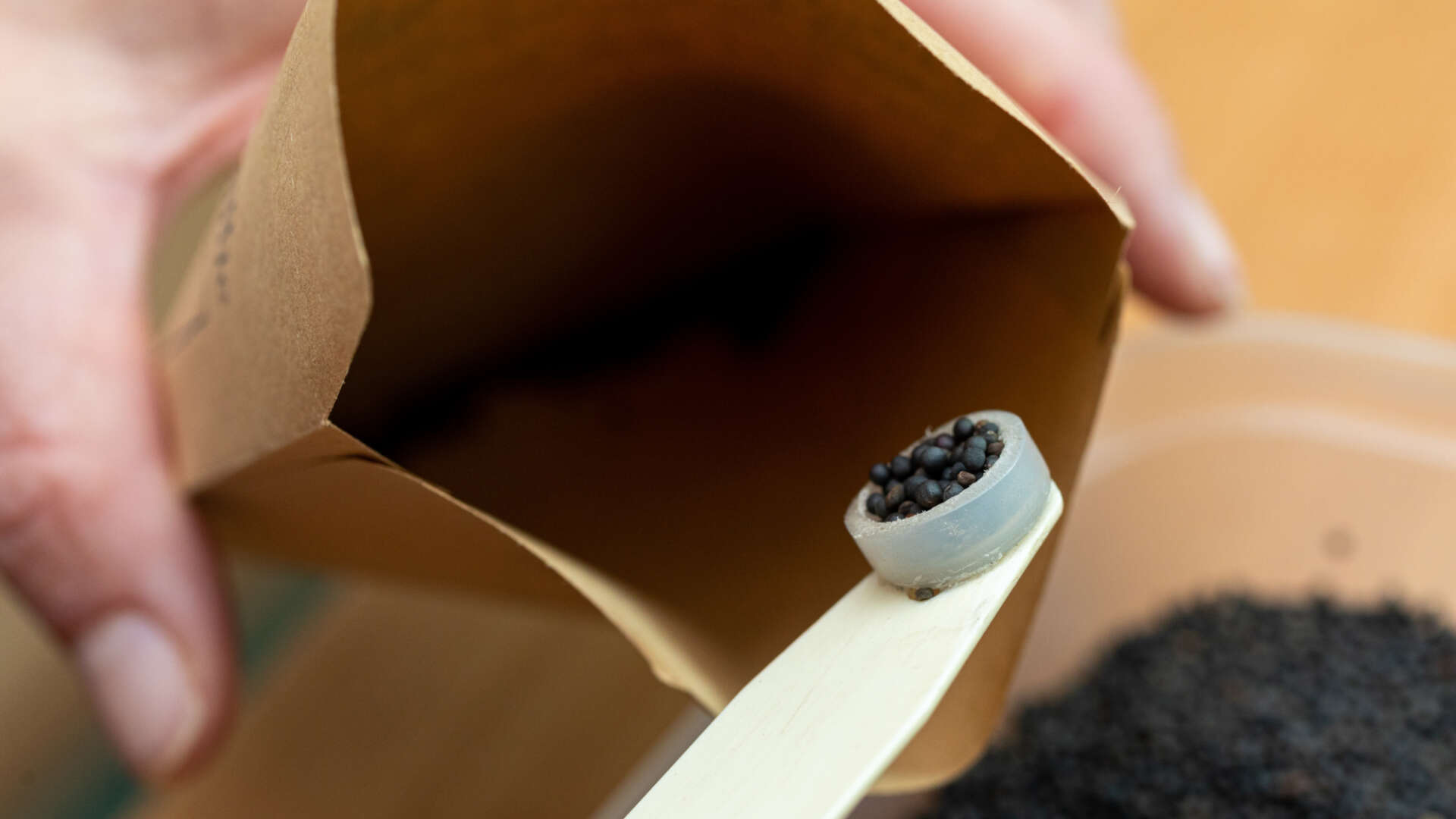Seed saving
Seed Storage for longer life

Contained within the seed are all the genetic instructions for a particular plant and all the reserves to get the seedling off to a good start. As they are nature’s way of preserving plants, they can last a long time. However, they do deteriorate, and by storing them in the best ways you can be rewarded with greater longevity.
The two factors that reduce the life of the seed are moisture and warmth. Moisture is probably the most important factor that needs to be controlled. A dry seed will last much longer at room temperature than a moist seed in the fridge. Cool and dry are the two ideals for most of the seed we are concerned with. As a rule of thumb, the storage life of a seed is doubled for every 5˚C drop in temperature and 1% drop in moisture content. There is a limit, though, and freezing and ultradrying can be harmful. Home growers should aim to achieve 5% moisture content and then storage in a domestic fridge or freezer will suffice.
Extraction
This will depend on the crop. Specific details are given in the individual guidelines for the relevant vegetables. Some are easier than others and everyone has their favourite way to extract seed.
Drying
Water can make up 10-15% of the weight of fresh seed. Drying the seed to reduce some of this moisture content, down to around 5%, prolongs the life of the seed. Heat, however, will destroy seeds and they should never be exposed to temperatures greater than 35˚C (95˚F). Seeds can be dried naturally, preferably out of full sunlight and not somewhere too hot. This should be sufficient for short to medium term storage.
Even where only short to medium storage is planned, using a desiccant to dry seed potentially has the following advantages:
- Improved germination rate
- Plants grown from the seed retain vigour.
- Reduces the chance of mould growth or insect infestation during storage
- Greatly slows the seed aging process
- Avoids premature germination while in storage.
Ordinary food grade rice from a supermarket can used as a dessicant to dry seeds. Firstly though it must be dried for several hours in the oven at 100˚C to maximise its ability to absorb moisture.
Without this preliminary drying the rice may contain too much moisture to be effective. The seeds should be placed in a sealed container with the dried rice. Trials in the HSL found that a seed to rice ratio of 1:6 was effective at drying the seeds in around 7 days, 14 days for large seeded runner beans. More details of these trials can be found at: www.gardenorganic.org.uk/pics/HSLDesiccantTrial Silica gel can also be used. The blue indicator type contained cobalt chloride (a carcinogen) and was banned by the EU in 1998. An orange indicator silica gel is now available containing no heavy metals; the indicator turns green when moisture is absorbed. Nevertheless, care should be taken to follow the manufacturer’s health and safety warnings about handling. It is also more expensive than rice. Our HSL trials found that silica gave good results at a seed to desiccant ratio of 1:3 in just 7 days in sealed jars.
NB. lettuce seeds do not respond well to over-drying, and caution should be taken when using desiccants to dry them.
Storage
To save seeds until the following year it is sufficient after having dried them to keep them in a cool, dry place. If you want to store them for longer periods a fridge or freezer will be fine. In both cases use an airtight container, a Kilner jar is ideal.
Recovery
When you do remove your seeds from storage we recommend that you do two things:
- Allow the jar and its contents to come to room temperature before opening.
- Allow the seeds to ‘rest’ for a few days at room temperature and ambient humidity before sowing.
This will allow the seeds to reabsorb moisture and not shock the seeds, giving a better chance of germination.
Longevity
It is impossible to determine how long a seed will last in storage; different authorities give different lengths of time. Once the optimum storage time has elapsed germination rates reduce, though this does not necessarily mean that none will germinate. If you have old seed that you would like to grow it is still worth trying before you discard it. Some seeds do not store well; parsnip seeds, for example, should always be used fresh. The individual guidelines for specific vegetables give approximate timings, provided that the seed has been dried sufficiently and stored correctly.